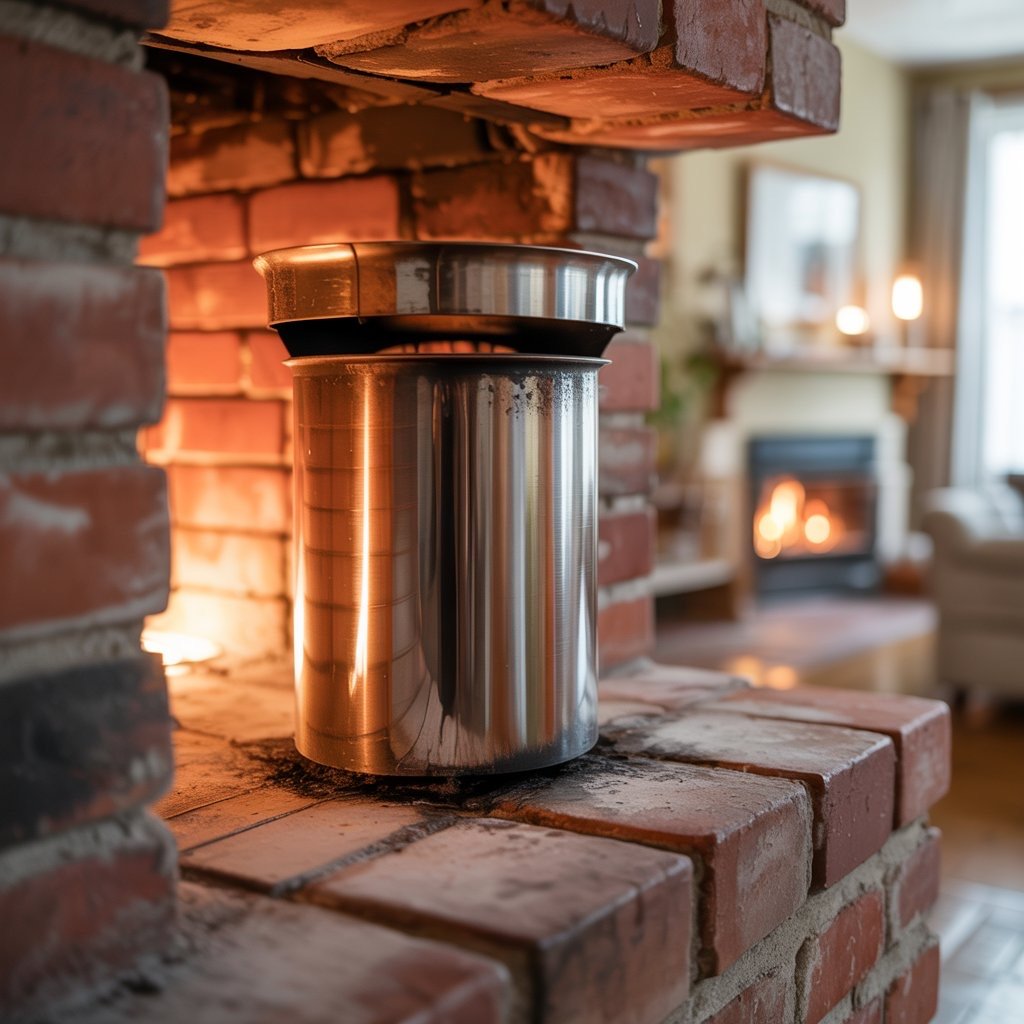At San Antonio Chimney Sweep, we know that a safe, efficient chimney system is vital for every home in our city. Whether you’re upgrading an old flue or dealing with a brand-new fireplace installation, choosing the right chimney liner plays a crucial role in safety, longevity, and overall performance. Homeowners often find themselves deciding between rigid and flexible chimney liners, but the distinctions can be confusing—especially when each option brings its own set of advantages to the table. In this article, we’ll unravel the key differences, costs, safety implications, and emergency considerations so you can make an informed decision for your San Antonio home. The right Chimney Liner could make all the difference for your household safety.
Key Features: Rigid vs. Flexible Chimney Liners
Chimney liners act as the shield within your chimney, protecting the masonry from heat, corrosion, and dangerous gases. The two primary types—rigid and flexible—are designed for specific circumstances.
| Feature | Rigid Chimney Liners | Flexible Chimney Liners |
|---|---|---|
| Material | Stainless Steel (304/316) | Corrugated Stainless Steel or Aluminum |
| Best Used For | Straight, vertical chimneys with no offsets | Chimneys with bends, offsets, or unique shapes |
| Durability | Extremely durable, long-lasting (20+ years) | Flexible for installation, generally lasts 15–20 years |
| Installation | Requires precise measurements, more labor-intensive | Quicker to install, can navigate bends easily |
| Maintenance | Easy to clean due to smooth interior | May require more frequent inspection for creosote buildup |
“A well-chosen chimney liner doesn’t just protect your home—it brings peace of mind with every fire you enjoy.”
— San Antonio Chimney Sweep Experts
Safety Considerations
Safety is the cornerstone of every chimney system. Both rigid and flexible liners are designed to create a sealed pathway for smoke and gases, keeping carbon monoxide and heat away from vulnerable brickwork and your living space. However, their structural differences can impact safety in subtle ways. Rigid liners, with their smooth, straight interiors, tend to resist creosote buildup and are less prone to blockages. This makes them ideal for high-efficiency wood stoves and fireplaces. Flexible liners, on the other hand, excel in older chimneys that may have shifted or developed bends—ensuring a tight fit where a rigid liner simply couldn’t go. Regardless of your choice, professional installation and routine maintenance are non-negotiable for keeping your family safe and your system up to code.
Cost Comparison: What Should You Expect?
Budget is often a deciding factor when selecting a chimney liner. While both types are investments in your home’s longevity, their costs can vary based on material, length, and installation complexity. Here’s a comparative breakdown for typical San Antonio homes:
| Liner Type | Material Cost (10–25 ft.) | Installation (Estimated) | Total (Average) |
|---|---|---|---|
| Rigid Stainless Steel | $500–$1,200 | $600–$1,500 | $1,100–$2,700 |
| Flexible Stainless Steel | $400–$1,000 | $400–$1,100 | $800–$2,100 |
| Flexible Aluminum (Gas Only) | $150–$350 | $300–$600 | $450–$950 |
Keep in mind—these figures are for guidance. Unique chimney shapes, extra-long flues, and the need for removal of old liners can affect the final quote. At San Antonio Chimney Sweep, we always offer transparent, up-front pricing tailored to your property’s needs.
Emergency Service: Why Fast Response Matters
Sometimes, chimney liner problems can’t wait. A cracked liner or sudden blockage might put your family at serious risk of fire or carbon monoxide exposure. That’s why our team at San Antonio Chimney Sweep provides emergency assessment and repair services—24/7. Whether you’re dealing with an urgent chimney fire aftermath or you’ve noticed suspicious smoke inside your living room, our certified technicians are trained to respond quickly, diagnose the problem, and restore your system to safe operation. Rapid intervention is critical to minimizing damage and ensuring your peace of mind, especially during the busy winter season.
Frequently Asked Questions
Conclusion
Selecting between rigid and flexible chimney liners is more than a simple material choice—it’s about finding the best fit for your chimney’s design, your home’s safety, and your budget. Rigid liners are unmatched for straight, new flues, while flexible liners shine in older, winding chimneys. No matter which you choose, trust the experts at San Antonio Chimney Sweep for precise installation, honest advice, and fast emergency service whenever you need it. Protect your home, save on future repairs, and enjoy every fire with confidence—starting with the right Chimney Liner.
Read More – San Antonio Chimney Sweep
